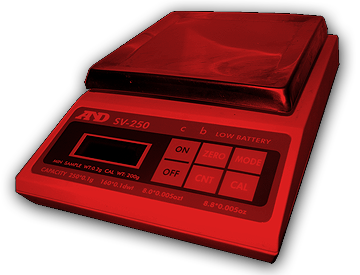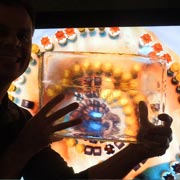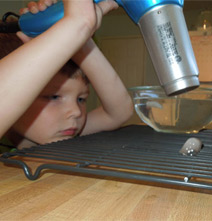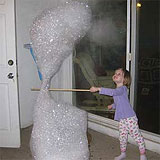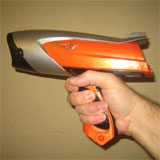Using Salt and Ice Water to Cool Down Beer
Note: This article is a follow-up article to "The Fastest Way to Cool Down Beer".
I really enjoyed all of the feedback I received after posting the "cooling down beer" science project. Much of the feedback encouraged me to try using salt to increase the cooling effect of the ice. At first, I wasn't convinced. This was because I didn't understand what the salt would be doing in the icewater mix.
I was familiar with the process of adding salt to the ice surrounding a batch of homemade ice cream. The presence of salt allowed the ice water slurry to stay liquid at temperatures below 32°F. Surrounding cream with water which is below 32°F is the easiest way to freeze the cream quickly and without the use of a freezer. That's very similar to what I was trying to do with warm beer, but I wasn't trying to get it past freezing, only to 40°F or so. Would the effect be the same?
Here's what the salt does: It makes the ice melt faster.
Well, technically, all over the surface of a piece of ice, at a microscopic level, ice is both being formed and melted, nearly in equilibrium. Salt in the water disrupts the ease with which new ice can be formed, so the equilibrium swings over to mostly melting. The ice melts faster. (source: http://antoine.frostburg.edu)
So, probably the ice, which is colder than 32°F, is melting into extraordinarily cold water, which is terrific for cooling down cans of beer.
The cooling effect of melting ice also depends on the "heat of fusion". The heat of fusion, also known as the enthalpy of fusion, is the amount of energy that is required to knock all the water molecules out of a solid state (ice) and into a liquid state (water). This process, which usually takes place at 32°F, requires about 80 calories for every gram of ice which melts into water. Compare that to the mere 1.8 calories that it requires to raise the temperature of a gram of cold water from 34°F to 35°F. The cooling effect of ice isn't just that the ice is colder, it is that the water is locked into a crystalline matrix, which takes a surprising amount of heat energy to unlock.
But if salt was the key to unlock that matrix of ice, would I still get to reap the cooling effect of the enthalpy of fusion? I wasn't sure.
So, I invited Odie over to help me figure it out.
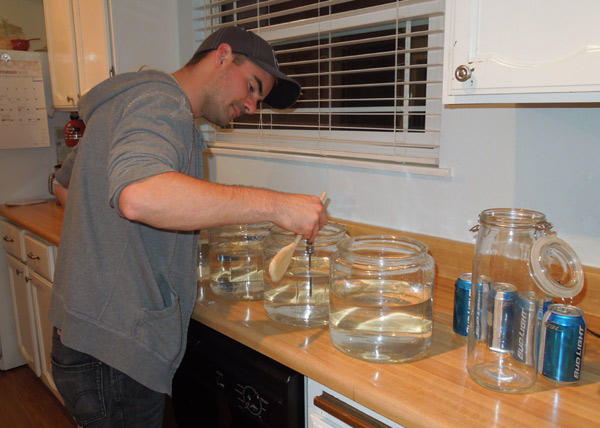
We set up five ice baths. We would try to drop the temperatures of five cans of warm beer using five permutations of four techniques.

- ice water. 12 cups of water and about 5 cups of ice.
- ice water plus salt. 12c water, 5c ice and 1/2 cup of salt.
- ice water with constant stirring
- ice water plus salt with constant stirring
- very cold (10°F) antifreeze
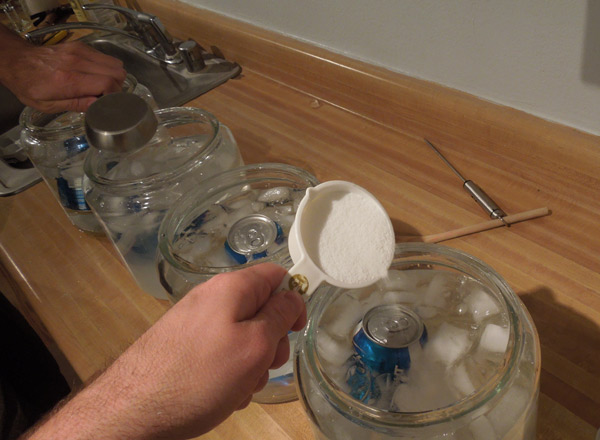
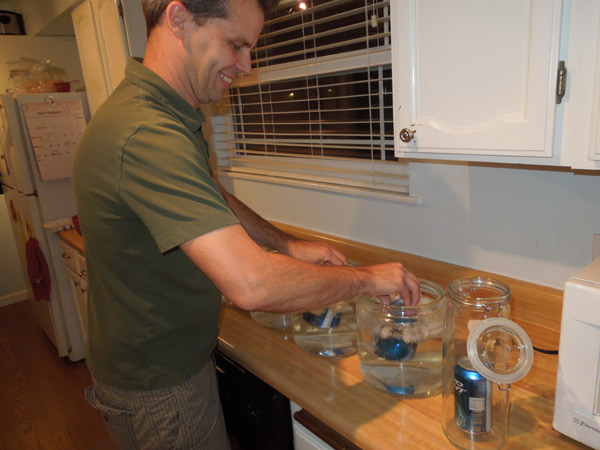
To avoid having to stir the baths by hand, we used Stacy's Kitchenaid and a battery-powered fan, equipped with a spinning wire whisk.

I bet that ice chests of the future will be equipped with some kind of automatic stirring device. It would be like the opposite of a convection oven.
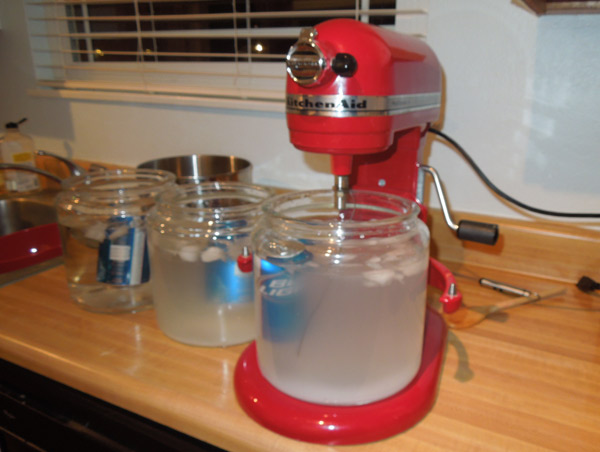
To make this an effective test, dunking all the cans and adding all the ice and salt should have happened simultaneously. We were close. In under a minute, we had five ice baths and five beers chilling. For our two salty brines, Odie added the salt on top of the ice, but mixed them up to dissolve the salt. Only one salt bath would be stirred constantly.
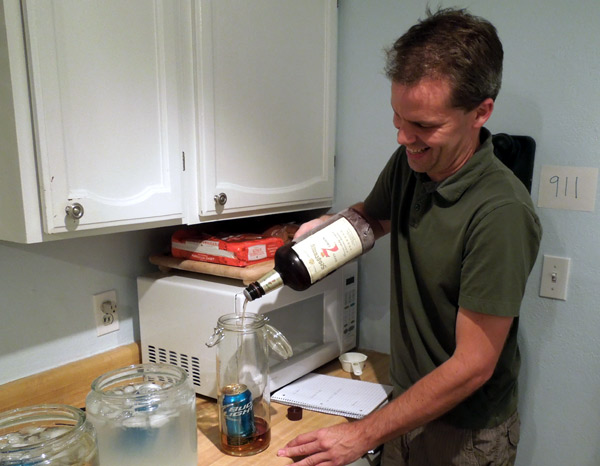
Also, I didn't have any cold antifreeze. We had to utilize the only other supercold fluid in the freezer: whiskey.
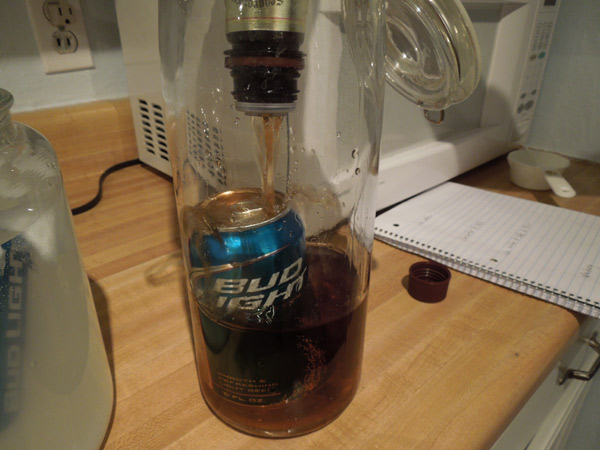
It became obvious that we didn't have enough ice to conduct this experiment in the way we had envisioned.

These tubs were fatter than my previous test vessel, holding 12 cups of water instead of three cups. Five cups of ice was going to dissappear into this water before the end of the experiment. But it was too late to get more. In other words, we had accidently replicated what happens at an actual party.
CONTINUE READING PAGE 2 >
Cockeyed home page | Contact | Terms and Conditions | Updated September 24, 2012 Copyright 2012 Cockeyed.com


